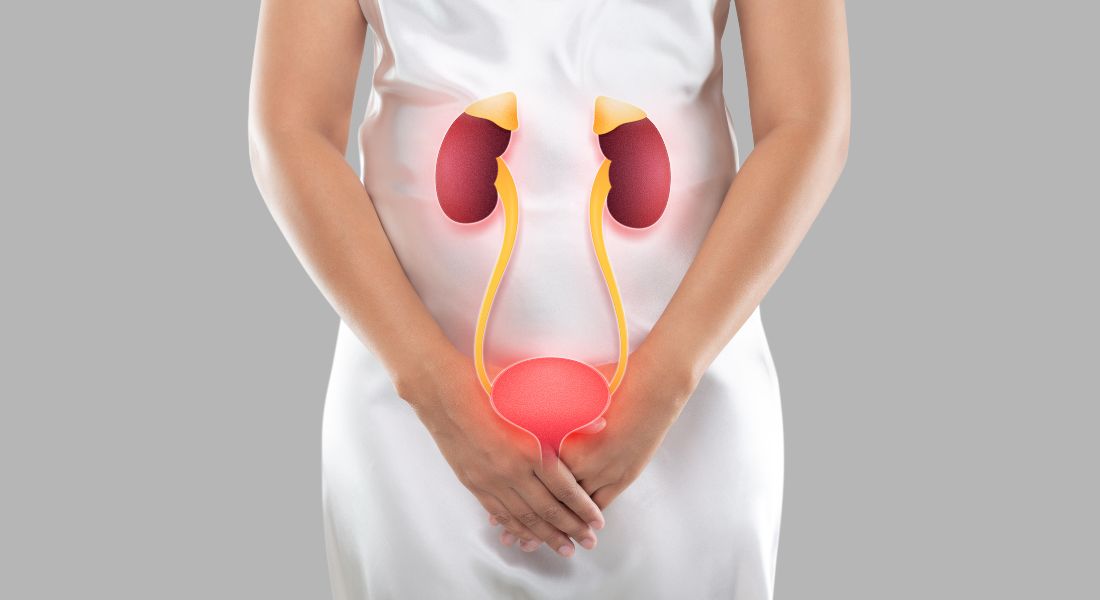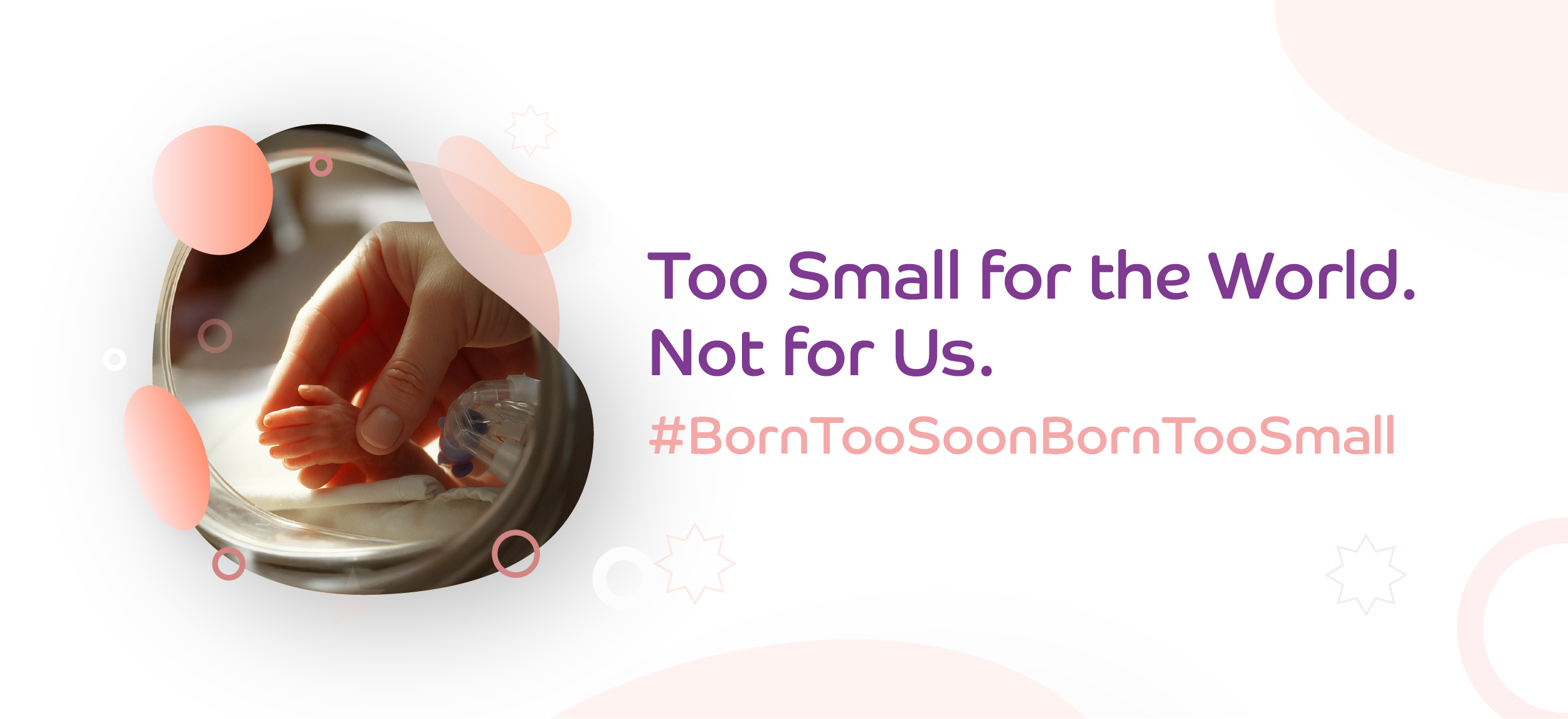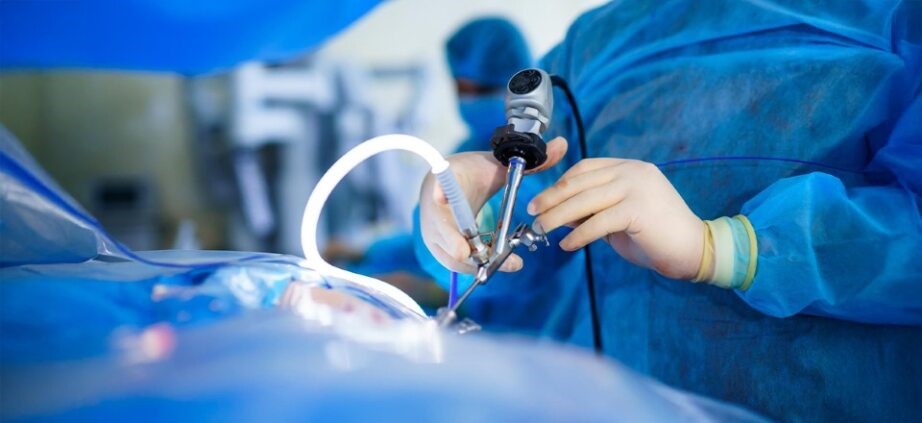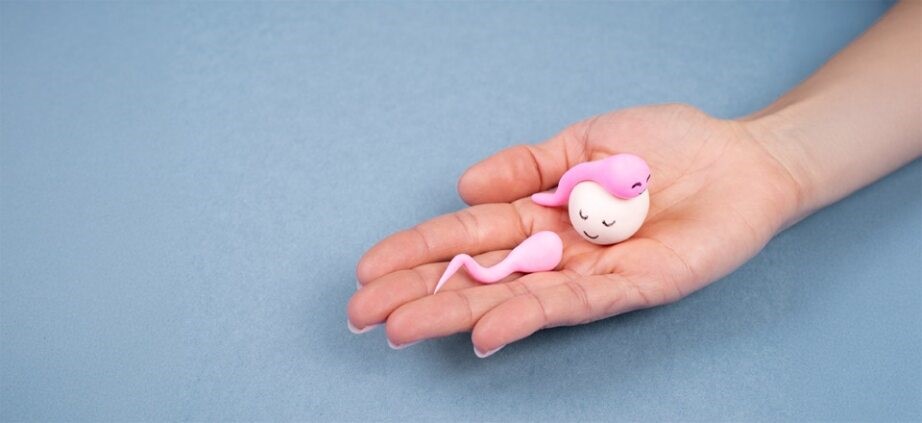Categories
How to Help Urinary Incontinence in Women?
Oct 27, 2022
Types of urinary incontinence We must understand that urinary incontinence is not a part of aging. It is not a disease but actually a symptom of a number of other causes. It is not a hereditary condition and it can be controlled and treated. If you feel that you are suffering from urinary incontinence, you can consult a doctor. There are options for online video consultation too. Here, we briefly discuss the four types of urinary incontinence: • Stress urinary incontinence: Certain physical activities like walking, bending, exercises, lifting, or even coughing or sneezing puts pressure on the bladder causing its leakage. The pelvic floor muscles get stretched letting the urine escape.
• Overactive bladder: This occurs when the bladder muscles are very active and it contracts even before the bladder is full causing an urge to urinate. You might feel the urge to urinate many times during the day and night. It is common in women after menopause, though a lot of other factors can lead to this condition.
• Mixed incontinence: Some women suffer from both stress urinary incontinence and overactive bladder. This is a condition of mixed incontinence.
• Overflow incontinence: In this condition, the bladder produces more urine than its own capacity leading to leakage. This can also be caused when there is a blockage in the flow or the bladder muscles do not contract normally.
Symptoms
The symptoms depend on the severity of the condition. The symptoms are different for different types of urinary incontinence. Here we discuss these symptoms briefly. If you observe any of these symptoms or you are in doubt regarding your condition, feel free to contact a gynecologist. You can opt for online doctor video consultation where you can talk to the gynecologist online and understand your condition in a proper way.
• Leakage, when you are physically active, is a symptom of SUI.
• A sudden, strong and involuntary urge to urinate is a symptom of an overactive bladder. You may or may not face leakage. Another symptom is often getting up at night to urinate, called nocturia.
• Leakage along with a sudden and involuntary urge to urinate is the symptom of mixed incontinence.
• Constant dribbling and frequent urination are the symptoms of overflow incontinence. Treatment The doctor examines your symptoms and medical history to understand the cause of incontinence. Weak pelvic floor muscles are examined during physical evaluation. Your bladder capacity is checked. Your doctor can recommend other tests like a bladder stress test, ultrasound, cystoscopy, urodynamics, urinalysis, and urine culture. After understanding your condition, the doctor can opt for different treatment options. Some of them are as follows: • Kegel exercises: These are exercises for behavioral treatment to strengthen the muscles that hold urine.
• Medicines for overactive bladder: Medicines from a class of drugs called anticholinergics affect the nerves and muscles in a way that the nerve signals causing frequent urination are blocked.
• Biofeedback: Electronic devices are used to track the activities of your bladder and urethral muscles to help you become more aware of your body’s functioning and hence gain better control.
• Neuromodulation: In this therapy, the doctor implants a device called Interstim which stimulates the nerves to the bladder leaving the spine. This therapy might not be recommended for everyone. If you have at least a 50 percent reduction in symptoms using this therapy, then you can be recommended for neuromodulation. This method is recommended after the behavioral remedies do not prove to be helpful in your condition.
• Vaginal devices for stress incontinence: If your pelvic muscles are weak, vaginal devices such as a pessary are inserted into your vagina. It repositions the urethra and helps to control stress incontinence.
• Surgery for stress incontinence: In some women, the normal position of the bladder is affected after childbirth. Different surgery techniques are used to move back the bladder to its normal position. Retropubic suspension and sling procedures are effective methods for the same. These techniques produce more satisfactory results than other methods. Many women suffer urinary incontinence for some or other reason. If the leakage is very less, it can be controlled using menstrual pads and by changing diet like eliminating coffee, tea, and alcohol. But if you are relying on absorbent undergarments and diapers, you must visit a doctor. This subject is not openly discussed and hence many women avoid visiting the doctor or even talk about it. It can affect your self-esteem and social life. Rosewalk hospital is one of the best hospitals in India and offers complete fitness and wellness solutions for women and babies. The staff and doctors are co-operative and updated with the latest techniques. If you are concerned about your safety due to pandemic and are hesitant to visit the hospital, you can try online video consultation. Urinary incontinence is a treatable condition and you need not suffer in silence. Book your appointment today.











